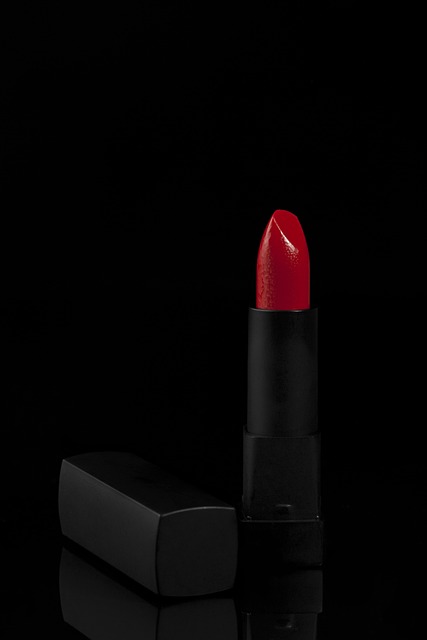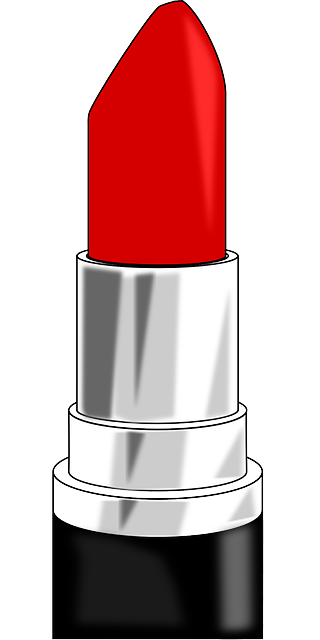BFF lipsticks differentiate themselves in the cosmetics industry by prioritizing safety, transparency, and natural ingredients over harsh chemicals. They avoid parabens, sulfates, and other controversial substances, opting instead for plant-based alternatives and carefully selected pigments. This commitment makes BFF lipsticks a popular choice among consumers who value beauty, wellness, and ethical practices. By offering safe, natural alternatives, BFF lipsticks enable informed consumer decisions while promoting kindness to both personal health and the environment.
“Unveiling the secrets behind your favorite beauty staple, this article explores the world of BFF lipstick and its unique composition. We delve into what sets BFF lipsticks apart from traditional ones, uncovering common chemicals found in conventional brands and their potential health implications. Additionally, we highlight natural alternatives for those seeking safer options without compromising on style. Discover the power of choice as we navigate the landscape of chemical-free beauty products.”
- Understanding BFF Lipstick: What Makes It Different?
- Common Chemicals Found in Traditional Lipsticks
- Potential Health Risks Associated with Chemical Ingredients
- Natural Alternatives and Safer Options for BFF Lipstick Users
Understanding BFF Lipstick: What Makes It Different?

BFF lipstick stands out in the cosmetics industry for its commitment to safety and transparency. Unlike traditional lipsticks that often contain a mix of chemicals, including potential irritants and preservatives, BFF formulates its products with a focus on natural ingredients and minimal harm. This unique approach ensures that wearers can enjoy vibrant colors without exposing their lips—and the body as a whole—to harsh substances.
What sets BFF lipstick apart is its rigorous testing and formulation process. They avoid using parabens, sulfates, and other common but controversial chemicals found in many beauty products. Instead, they leverage plant-based alternatives and carefully selected pigments to deliver long-lasting color while maintaining lip health. This dedication to creating a friendly formula for both the skin and the environment has made BFF lipstick a popular choice among consumers who prioritize both beauty and wellness.
Common Chemicals Found in Traditional Lipsticks

Lipstick, a beloved beauty staple for many, is more than just a color enhancer; it’s a product that can contain a surprising array of ingredients. Traditional lipsticks often include a mix of common chemicals that serve various purposes. One of the most familiar and essential components is paraffin wax, which provides a smooth texture and helps the lipstick glide on effortlessly. This waxy base not only ensures the lipstick stays put but also acts as a barrier, protecting lips from dryness.
Another prevalent chemical you’ll find in your favorite bff lipstick is candle wax or beeswax. These natural waxes add durability and prevent the lipstick from melting or fading quickly. They also contribute to the product’s moisturizing properties, keeping lips soft and supple throughout the day. Additionally, petrolatum, often referred to as Vaseline, is a common ingredient known for its excellent moisturizing benefits. It helps lock in moisture, making it a popular choice in lip balms and many long-lasting lipsticks.
Potential Health Risks Associated with Chemical Ingredients

When it comes to beauty products like your favourite bff lipstick, it’s natural to wonder about the safety of its ingredients. While cosmetic companies often assure consumers that their formulations are thoroughly tested, certain chemicals used in lipsticks have raised concerns among health advocates. These include potential risks associated with lead, parabens, and synthetic fragrances.
Lead, a heavy metal known for its toxicity, has been detected in some lipsticks at low levels. While the US Food and Drug Administration (FDA) considers these amounts safe, studies suggest chronic exposure to even small doses of lead can have adverse effects on health, particularly affecting neurological development and cognitive function. Parabens, preservatives commonly used to extend product shelf life, have also sparked debate due to their potential hormonal disruptions. Additionally, synthetic fragrances, which offer a wide range of appealing scents, may contain undisclosed chemicals that could trigger allergies or respiratory issues for sensitive individuals.
Natural Alternatives and Safer Options for BFF Lipstick Users

For those who are passionate about their lip color but also prioritize safety and naturalness, there are numerous BFF lipstick alternatives available that offer both beauty and peace of mind. Natural ingredients like beeswax, shea butter, and essential oils can provide nourishment and protection for delicate lips while adding a touch of vibrant hue. These options often exclude potentially harmful chemicals commonly found in traditional lipsticks, such as lead, parabens, and synthetic fragrances.
Exploring BFF lipstick options crafted from organic and vegan components ensures that you’re not just enhancing your look but also supporting ethical practices. Many brands now offer transparent formulations, allowing consumers to make informed choices about what they apply to their skin. This shift towards safer and more sustainable beauty products empowers individuals to look good while making conscious decisions that benefit both their health and the environment.
In conclusion, while traditional lipsticks contain various chemicals that raise health concerns, understanding the differences in products like BFF lipstick is key. By opting for natural alternatives and safer options, users can make informed choices to protect their well-being without compromising on style and beauty. Remember, when it comes to BFF lipstick and its chemical composition, knowledge is power.
